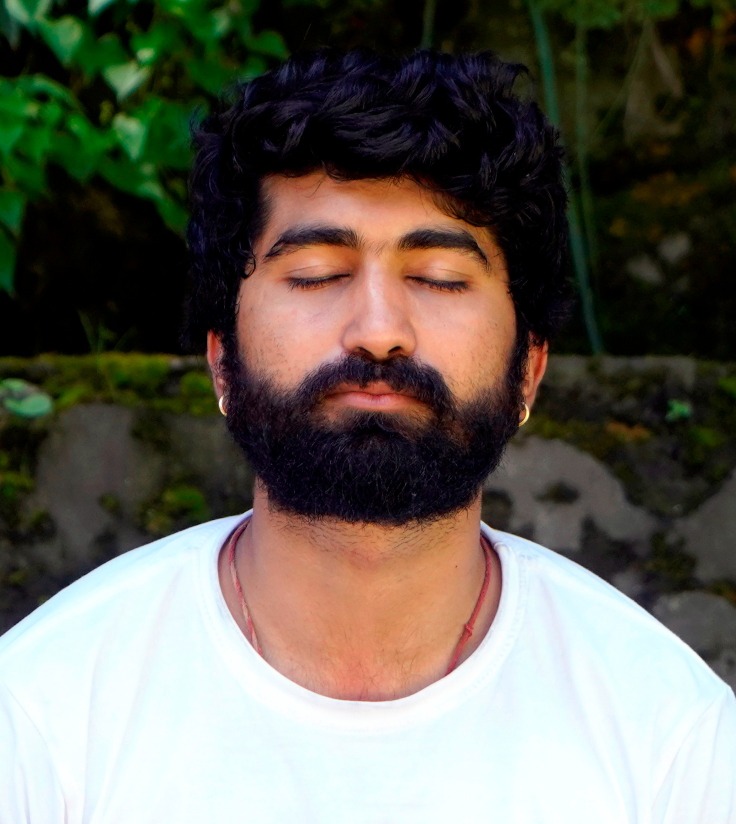The Three Paths of Yoga: Jnana, Bhakti & Karma – A Complete Guide

Yoga is not just about stretching your body; it’s about stretching your mind, heart, and soul toward liberation. But here’s the thing—there’s no “one-size-fits-all” path to spiritual growth. Just as we all have different personalities, Yoga offers different paths to reach the same ultimate goal: union with the divine. In this blog, we’ll explore three profound paths—Jnana Yoga, Bhakti Yoga, and Karma Yoga—and discover how each can transform your life from within. Educate 1. Jnana Yoga – The Path of Knowledge 🧠 Perfect for intellectual seekers, Jnana Yoga appeals to those who question, analyze, and seek the truth through logic. This path has three key steps:
- Shravana – Listening to spiritual wisdom.
- Manana – Contemplating deeply to separate truth from illusion.
- Nidhidhyasana – Meditating repeatedly until the knowledge becomes a lived reality.
This is not passive reading; it’s an active transformation where knowledge dissolves ignorance, leading to
moksha (liberation).
2. Bhakti Yoga – The Path of Devotion ❤️ If your heart beats for love and surrender, Bhakti Yoga might be your calling. It’s all about ego-free devotion to the divine. Saints like
Meera Bai and
Raidas exemplify this path.
The three pillars of Bhakti Yoga are:
- Bhajan – Personal devotion through singing or chanting.
- Kirtan – Joyful collective expression of divine love.
- Satsang – Uplifting association with enlightened souls.
Bhakti is not about rituals alone; it’s about losing yourself in divine love until there’s no “you” left—only God.
3. Karma Yoga – The Path of Selfless Action 🤲 Taught by
Lord Krishna and practiced by great masters like
Swami Vivekananda, Karma Yoga is about doing your duty without attachment to results (
Nishkama Karma). Every act becomes an offering, free from ego and expectations.
This selfless service naturally leads to purification of the heart and prepares you for deeper spiritual experiences.
Raja Yoga – The Royal Integration 🧘♂️ While Jnana, Bhakti, and Karma are distinct,
Raja Yoga unites them into one complete practice—covering ethics (
Yama, Niyama), postures (
Asana), breath control (
Pranayama), sense withdrawal (
Pratyahara), concentration (
Dharana), meditation (
Dhyana), and union (
Samadhi). It’s the ultimate roadmap to self-realization described by
Patanjali.
Transform Choosing the right path is less about “which is better” and more about “which speaks to your heart.” If you’re logical, start with Jnana. If you’re devotional, immerse yourself in Bhakti. If you’re action-oriented, live by Karma Yoga. And if you want it all—Raja Yoga is your golden ticket. Each path, practiced sincerely, leads to the same summit of liberation. The beauty is—you can mix and match according to your temperament and life stage.
Action Want to go deeper? Explore our complete Yoga learning series and earn your
internationally recognized 200-hour Yoga Teacher Training Certificate. Whether for personal growth or professional teaching, this training will help you embody the true essence of Yoga and share it with the world.

